 |
 |
 |
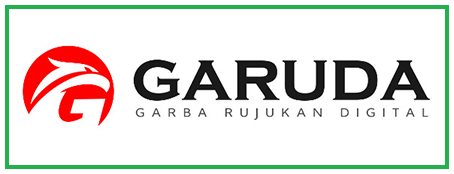 |
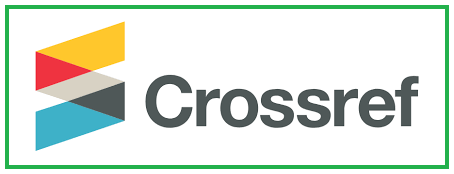 |
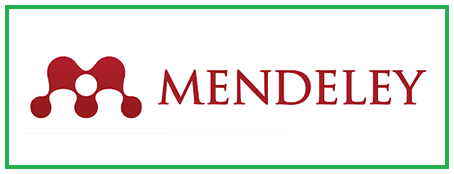 |
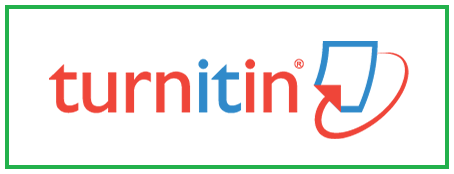 |
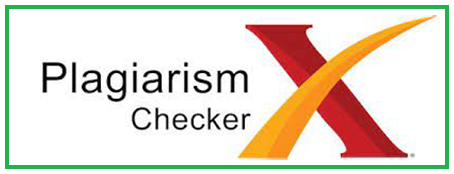 |
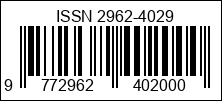 |
 |
Publications
Devote : Jurnal Pengabdian Masyarakat Global publishes Research Articles and Classroom Reports, each of which has different format of publication. Please, read carefully the manuscript template below.
Manuscript Template for Research Articles (RA)
Manuscript Template for Classroom Reports (CR)
General Guidelines
Manuscript Preparation Guidelines
Manuscript content should be organized in the following order: Title; Authors Name; Authors Affiliation; Abstract; Keywords; Introduction; Method; Findings and Discussion; Conclusions; Acknowledgements; and References.
Paper Title
Author’s Name(s) and Affiliation(s)
Abstract and Keywords
Introduction
In introduction, Authors should state the objectives of the work at the end of introduction section. Before the objective, Authors should provide an adequate background, and very short literature survey in order to record the existing solutions/method, to show which is the best of previous researches, to show the main limitation of the previous researches, to show what do you hope to achieve (to solve the limitation), and to show the scientific merit or novelties of the paper. Avoid a detailed literature survey or a summary of the results.
Method
Method should make readers be able to reproduce the experiment. Provide sufficient detail to allow the work to be reproduced. Methods already published should be indicated by a reference: only relevant modifications should be described. Do not repeat the details of established methods.
Results and Discussion
Conclusion
Conclusion should answer the objectives of research. Tells how your work advances the field from the present state of knowledge. Without clear Conclusions, reviewers and readers will find it difficult to judge the work, and whether or not it merits publication in the journal. Do not repeat the Abstract, or just list experimental results. Provide a clear scientific justification for your work, and indicate possible applications and extensions. You should also suggest future experiments and/or point out those that are underway.
Acknowledgement (optional)
Recognize those who helped in the research, especially funding supporter of your research. Include individuals who have assisted you in your study: Advisors, Financial supporters, or may other supporter i.e. Proofreaders, Typists, and Suppliers who may have given materials.
References
Examples:
Angelova, N. (2014). Data Pruning (Master’s Thesis). Retrieved from http://www. resolver.caltech. edu/CaltechETD:etd-052820004-000943.
Babes in Cyberspace Era. (2012). In The New Encyclopedia Britannica, 2, pp. 673 – 674. Chicago: Encyclopedia Britannica.
Benner, B. (2017). Executive Functioning and Aggression. American Psychologyst, 67(1), pp. 11 – 16. Retrieved from http://www.apa.org/jounal/amp/.
Caprette, C.L. (2015). Conquering the Cold Shudder: The Origin and Evolution of Snake Eyes (Doctoral Dissertation). Ohio State University, Columbus, OH.
Douglass, F. (1845). Narrative of the Life of Frederick Douglass, an American Slave, Written by Himself. In William Andrew (Ed.) (2014). Classics American Autobiographies (pp. 229 – 327). New York: Mentor.
Eugene, S. & Lane, D. (2004). Analyzing Casual Conversation. London: Cassell Book Limited.
Putranti, A. (2016). Maternity Care Policy in the United States (Undergraduate Thesis). Universitas Sanata Dharma, Yogyakarta.
Sagarin, B., & West, T. (2011). Critically Evaluating Competing Theories. Teaching Language, (32)3, pp. 167 – 172. DOI: https://doi.org/10.1208/tl.2011.310307.
Schneider, J., Whitehead, D., & Elliot, D. (2009). Nursing and Midwifery (2nd ed). Oxford: Oxford University Press.
Seton, T. (2011, August 28). The Journey of 2,000 Miles in Search of the Caribou. Retrieved from http://www.baywood. com/ journey/.asp?0091-43.
LPPM Institut Pendidikan Nusantara Global
Jl. Raya Praya-Mantang KM.07 Aik Mual, Lombok Tengah - NTB 83511
e-mail: jurnal.devote@gmail.com or devote@nusantaraglobal.or.id

This work is licensed under a Creative Commons Attribution-ShareAlike 4.0 International License.
